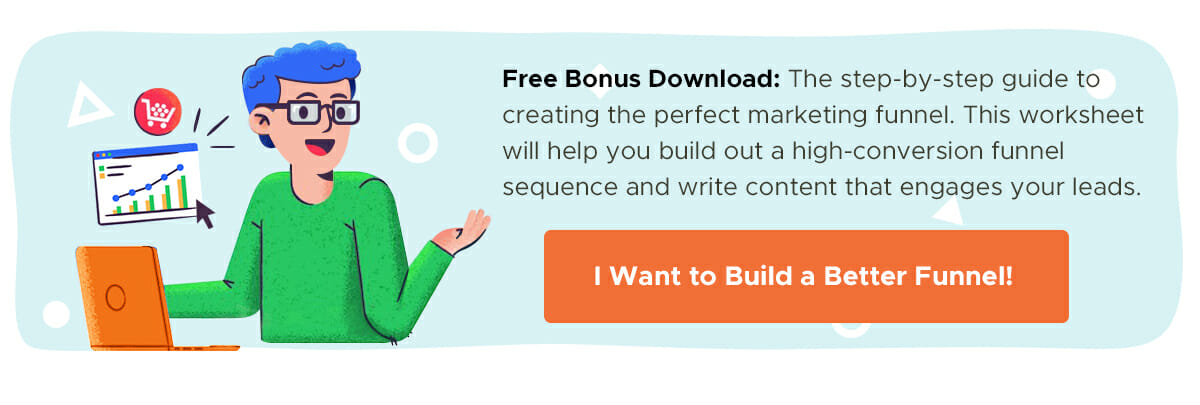If you ask most advertisers and businesses about their digital sales funnel or ad their ads funnels, they’ll typically list some variation of the following steps:
- Discovery
- Research/consideration
- Purchase/decision
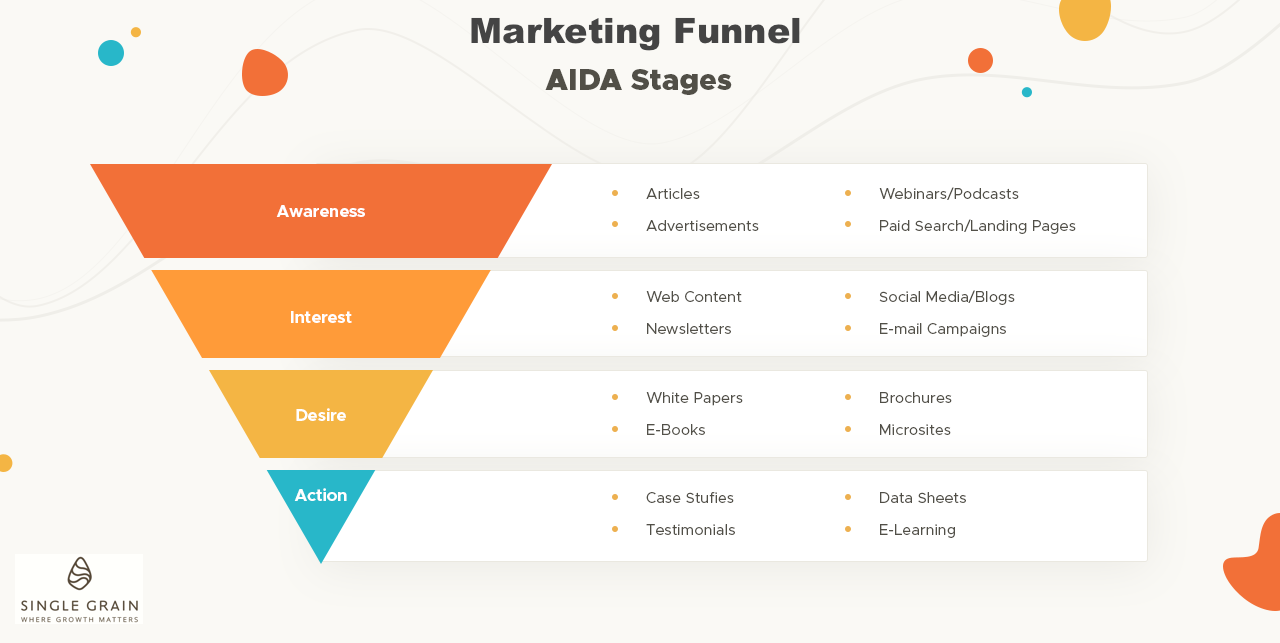
Some funnels are more complex, involving additional lead stages or interest steps, but despite the numerous (and seemingly endless) variations that I’ve seen, they all almost always stop once the lead becomes a customer and a conversion happens.
This is, frankly, an enormous mistake.
It’s the equivalent of the guy who works super hard to land the girl and as soon as she agrees to be his girlfriend, he just stops trying. He’s already got her, right? Why does he need to do any further work? There’s no more romance, just a seemingly bizarre expectation that she’ll stick around even if she’s ignored.
Your customers aren’t that different, and there’s a lot less emotional attachment involved there. You need to keep engaging them after the first purchase if you want them to stay excited about your brand and come back to purchase again.
In this post, we’re going to look at 5 specific re-engagement strategies so that you can bring long-lost customers back into the fold (even if it’s been a little while!).
Why Re-engagement Is so Crucial
Customers are fickle. And they should be. There’s no way around it, and it’s not their fault. With so many options available to them in person and online, they can literally order a gourmet cake from across the country or do business with someone on the other side of the world in an instant. There’s plenty of competition, so it only makes sense that they’d do what’s best for them.
This means that even if someone purchases once and even if they love your product, it’s not realistic to expect that they’ll just automatically keep coming back.
There are very few products that I’m religiously loyal to, for example. My fabric softener is, oddly enough, one of them. I’d never go anywhere for kickboxing but my current studio, and I swear by an organic skincare line on Etsy.
Almost everything else, though? Zero loyalty. Show me a better price and the promise of some additional value offer, and I’m jumping ship.
Re-engagement campaigns are designed to recapture the users who have purchased but since dropped off. It’s important to remember that they’re actively being marketed to by your competition, so the race isn’t over. It’s also key to acknowledge that re-engaging past customers is about 5x cheaper than acquiring new ones.
Re-engagement allows you to build on past momentum instead of just needing to start over, so it should be a high priority on all brands’ to do lists.
Dive Deeper:
- 7 Mistakes in UI and UX That Are Costing You Engagement
- How to Increase Your Conversions with Online Customer Engagement
- How to Create the Ultimate Marketing Funnel (Templates Included)
1) Send Email Campaigns Featuring Discounts
Email should be your first line of defense with customers who have dropped off. Many point of sale (POS) systems can track when it’s been a while since any given customer made a purchase. Plenty of email software can even let you create segmented audiences based on customers who haven’t opened any emails or purchased within a set frame of time.
You can see this in the example from MailChimp below, which allows you to create segments of inactive subscribers and/or lapsed customers:
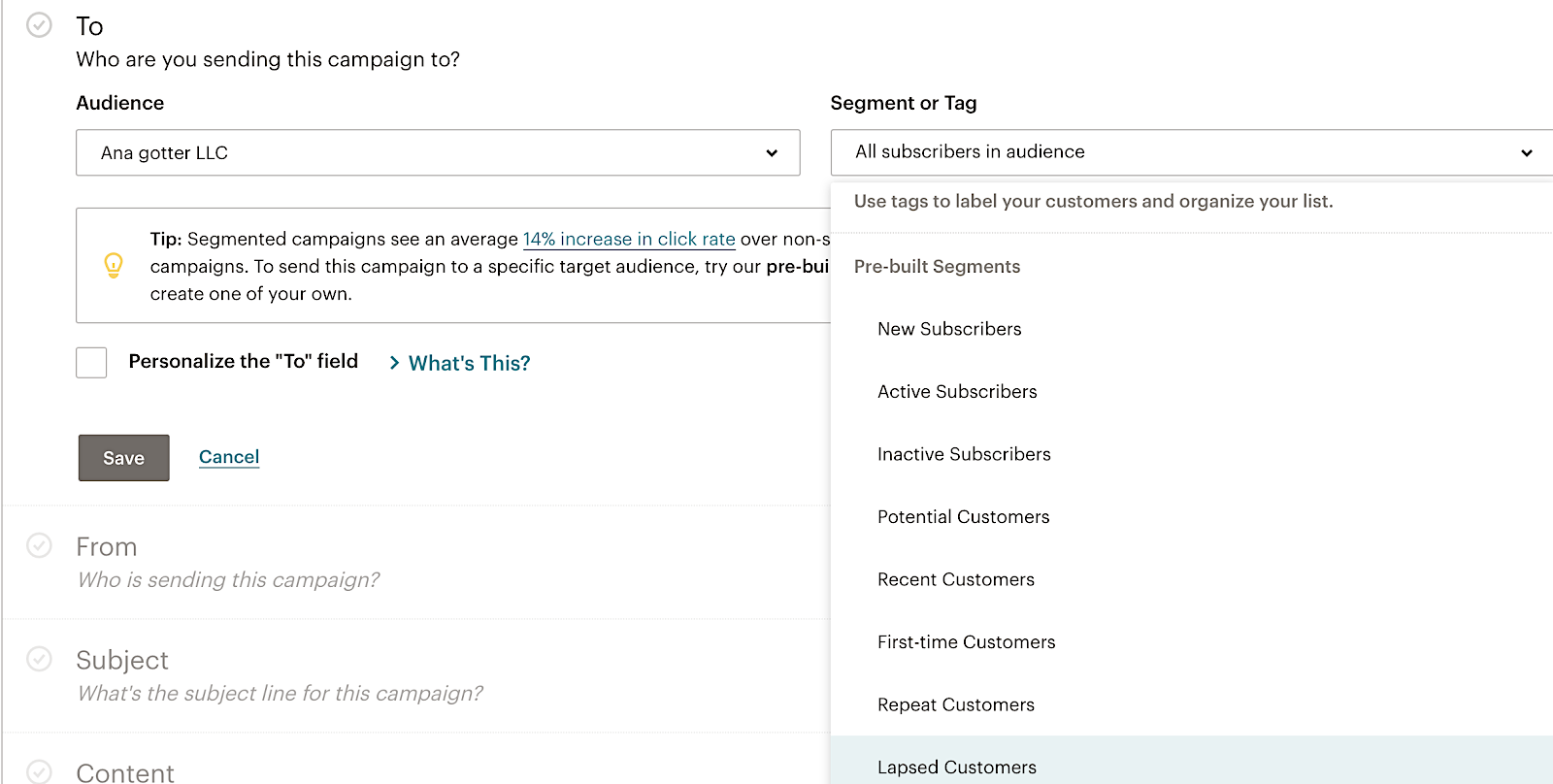
At this stage, it will be crucial to start with a “what’s in it for me” subject line that demands their attention, especially if they’ve automatically been deleting your emails without opening them. Typically, the promise of a discount works well, especially when featured in a subject line like “A special discount just for you!”
Whenever possible, a subject line and email copy that feels exclusive and promises value is a good combination for re-engagement. This strategy can trigger higher open rates in this segmented audience that’s been ignoring your other campaigns, and discounts are always a surefire way to get the sales.
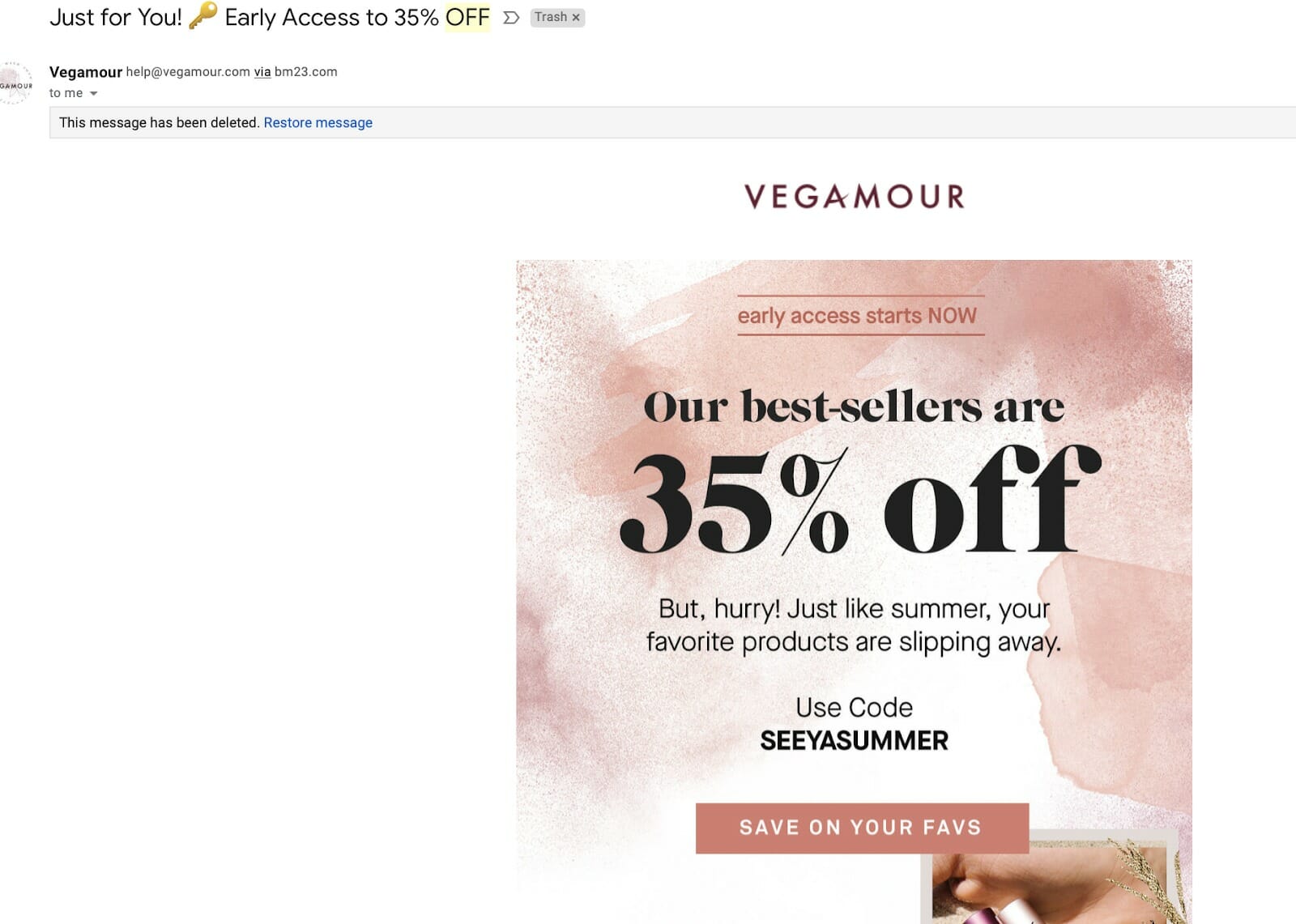
Consider offering a higher discount percentage than you normally would (say 20% instead of 10%) for particularly high-value lapsed customers.
Dive Deeper:
- How to Get More Responses From Your Cold Emails
- The Customer Acquisition Playbook: Email & In-Person Outreach
- How to Use Personalization to Increase the Impact of Email Marketing
- Beyond the Newsletter: You’ve Got Their Email, Now What?
2) Use Facebook Custom Audiences with “We’ve Missed You” Campaigns
When your point of sale system or email software indicates that some customers haven’t purchased in a while, you can download a list of these their names and email addresses. You can then use that information to create a custom audience on Facebook, allowing you to start a retargeting campaign centered around re-engagement.
Custom audiences are key here, because these users have likely already fallen out of your funnel. They aren’t actively browsing, so they’re not being hit with dynamic ads and retargeting campaigns based on site activity. They’re not at an early stage of the funnel, so you’re not trying to reach them with those initial awareness campaigns (and may even have those campaigns set to only be shown to users who aren’t yet connected with your Page).
Since you aren’t reaching them any other way through the ad platform, this is your golden ticket. Especially since you’re creating copy specifically tailor made for them.
A strong option here is to be bold and upfront with a “We’ve Missed You!” campaign. When I’ve run re-engagement ads on Facebook, this is one strategy that seems to work across the board. Use this phrase in the headline and the copy itself.
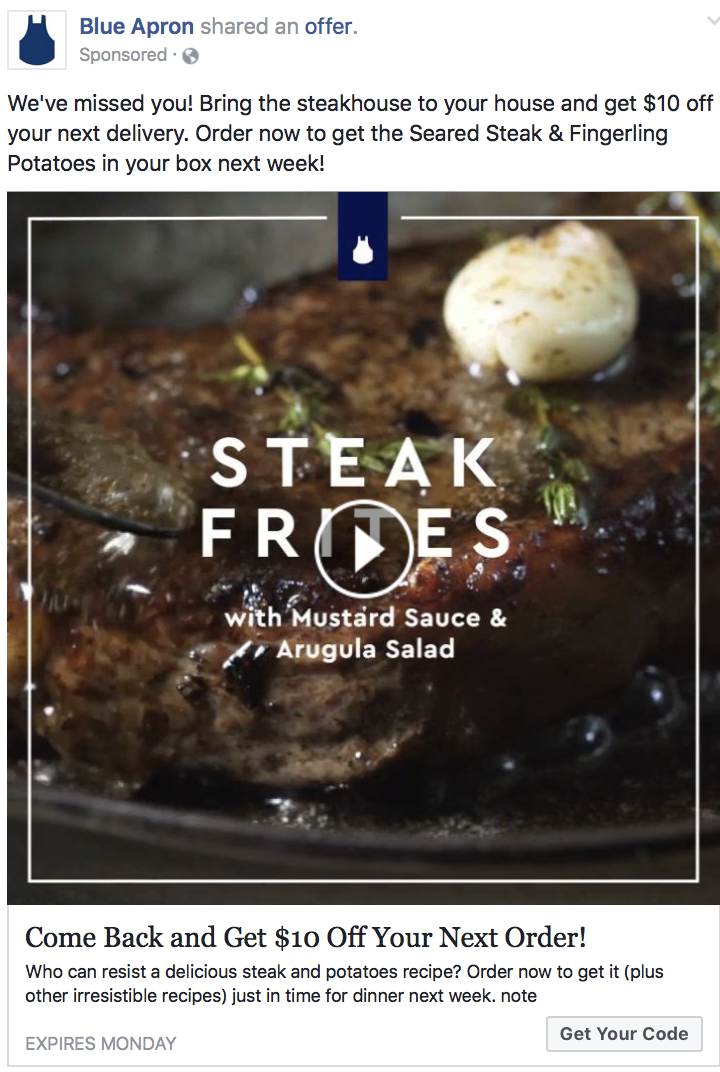
This will work best, of course, when you’re combining the “we’ve missed you” messaging with two things: a great look at what you can now offer customers that’s new and exciting (which is often best done through a carousel ad or a video), and with an offer code that will give them a discount for coming back.
Offers on Facebook Ads is a pretty incredible system. You can set clear parameters around the offer codes, including having a unique one generated for each offer claimed or having an expiration date attached to it. Offers can be added during the ad set stage of the creation process, right above the audience targeting:
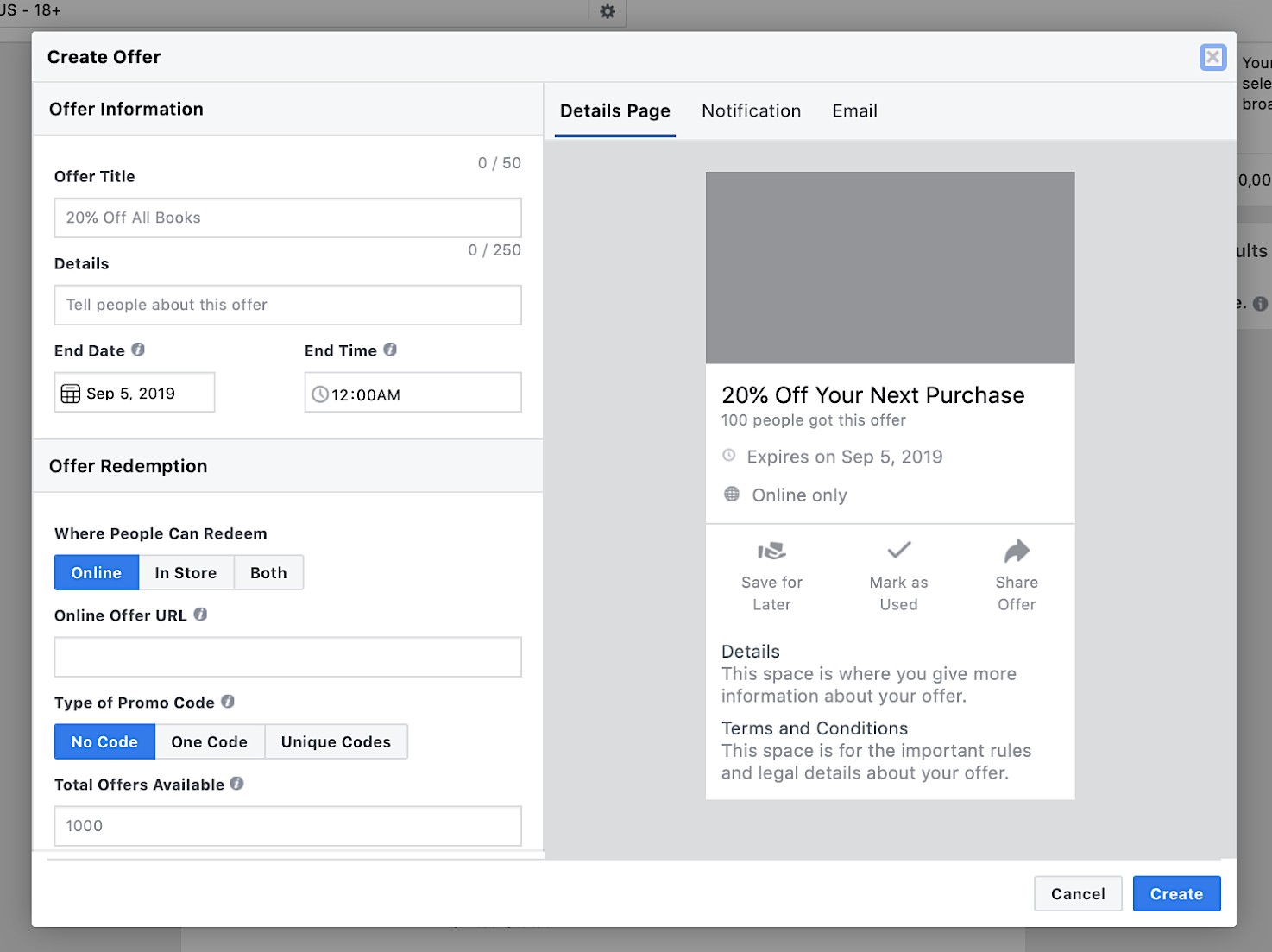
This gives you full control of who is claiming discounts and how they’re using them, but the legitimacy here rings true to users. They’ll click to get the code because hey, why not, and then they’ll consider using it. No one likes the thought of passing up a great deal.
Dive Deeper:
- How Small Businesses Can Take Advantage of Facebook Audience Insights to Get More Leads
- How to Easily Set Up a High-Conversion Facebook Retargeting Campaign
- How to Build a Facebook Ad Funnel
- 7 Easy Ways to Optimize Your Facebook Ads
- 11 Ways to Improve Your Facebook Ads Relevance Score
3) Leverage Google Display Ads with Relevant Products
Google Display Ads are a lot like Facebook Ads; they’ll show up in placements all over the Internet on participating publishers’ sites, helping you get in front of your audience even if you’re not looking for them. It’s all about demand generation and reminding them that you’re there.
For whatever reason, the “we’ve missed you” campaigns seem to work better on Facebook than on Google Display campaigns. This is likely because Facebook has a more personal connection to users, so they’re expecting these campaigns here. On the other hand, some users find it a little jarring to see “WE MISS YOU” show up on a video campaign on some site they’ve never been to before.
Instead of using the strategy we’ve used so far, a solid plan for Display Ads is to hit disengaged customers with relevant product images. Use audience segmentation here to show people relevant products that they may need or benefit from based on what they’ve purchased in the past:

You may be most successful with this when pairing the ads on relevant publishers’ sites. If you want to sell Kitchen Aid attachments to someone who bought a mixer in the past, sites like Food and Wine are the best place to do so. The more relevant the campaign is to the user’s current state of mind (where they’re considering something specific instead of just browsing idly through Facebook), the better.
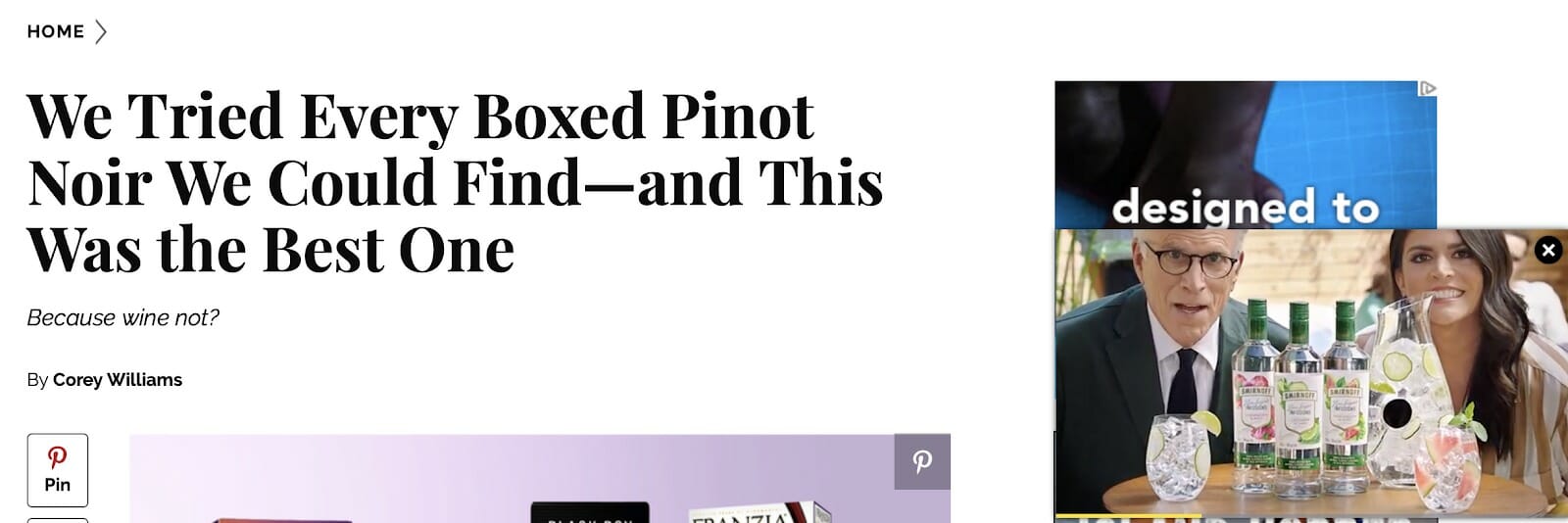
By showing them whatever they’d be most likely to buy, you’ll have greater success getting them to come back. Once they do check out your site, you can always start firing up those retargeting campaigns based on site activity on Facebook, too.
Dive Deeper:
- A Simple Hack to Combine Facebook Ads and Google Ads
- Segmentation 101: A Strategist’s Complete Guide to Marketing Segmentation
4) Distribute Snail Mail with Exciting Offers
If you have the mailing lists of customers on file and really want to ensure that your messaging ends up in front of them, you can always reach out with direct mail. Postcards or letters that contain those super exclusive, exciting offers are a great way to go.
Direct mail is more involved from a manual standpoint and it’s not as easy to track. Online activities, after all, allow you to see clicks and conversions, tracking the effectiveness of your campaigns clearly. That being said, sometimes physical mail can help you connect with your audience. This is particularly true if your audience is older and less likely to be super technologically adept and they’re staying off “the Facebook” more than most other demographics.
For best results, consider using postcards that are brightly colored and contain the coupon codes (or physical coupons) on them directly. Showcase at least a product or two to demonstrate what users can get. Think about the mailers you get for fast food restaurants, with all those gorgeously photographed sandwiches and burgers and desserts featured; do that for your business, too:
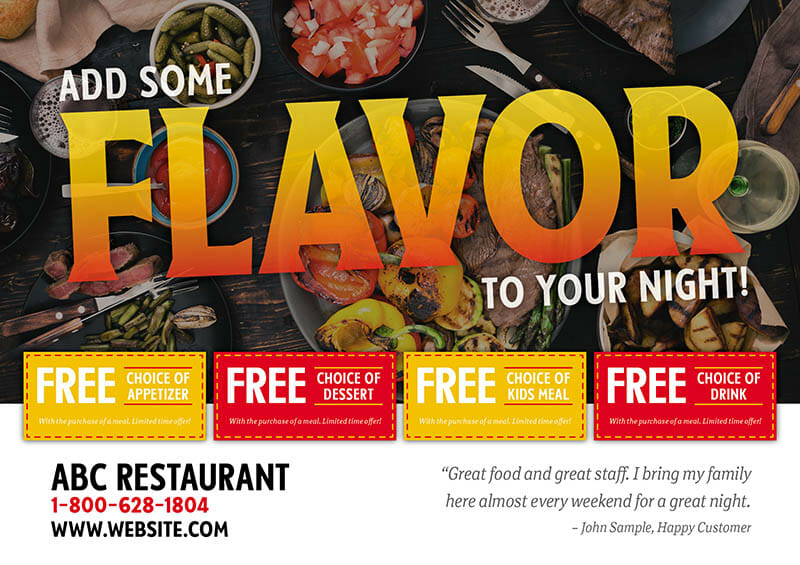
5) Get Personal with Direct Contact
If all else fails, having an account manager reach out directly to customers through their personal email is a good choice.
Introduce yourself, explain why you’re emailing, and offer a few tips for how customers can benefit from the product or service they bought. You can also ask why they aren’t active users or customers anymore, and ask if they have feedback, along with letting them know about exciting new things that you have going on or (of course!) offering that discount.
This email from CoSchedule is an excellent example of a re-engagement campaign that seemingly came from a personal account (even if it was mass-created and only seemed like it was being sent directly to me):

They offer easy solutions that were designed to help me better understand how to use the tool and see its value, which is an outstanding call for B2B and SaaS providers who want to re-engage users before they cancel. They also offer a line of communication to an actual person whom I could have chatted with if needed.
Most of the time the personal approach really is best. This is true even if you don’t have account managers automatically relegated to every customer who comes on board (you can always have someone on your team reach out).
That being said, if you do have one-on-one account managers, they should be the one contacting the customer and to make sure they stay engaged or to follow up later with the re-engagement offers. Personal relationships can play a big role in business, so never underestimate them.
Dive Deeper: Here’s How Targeting Cold, Warm & Hot Traffic Builds Successful Customer Relationships
Conclusion
Re-engagement should never be a mere afterthought – and it definitely shouldn’t be overlooked entirely. And yet it often is. This is easily one of the biggest marketing mistakes that brands are making across the board, regardless of industry.
Customers need to be kept engaged, especially since they’re constantly being bombarded with promises of great potential from your competitors at every turn. If you don’t maintain a relationship with them, someone else will swoop in and woo them away from you.
Be proactive about re-engagement and try to get some of these campaigns on autopilot or close to it. They should be built into your marketing and sales process to keep the process moving. You want to always have ongoing re-engagement campaigns instead of panicking on a slow month and trying to capture everyone back at once.
It’s often much easier to re-engage a customer who has missed a single subscription or a few purchase points than it is to capture someone who hasn’t purchased in five years. It definitely doesn’t mean that it’s impossible (and it definitely doesn’t mean you shouldn’t try), but it’s best to keep people moving back through the funnel as often as you can, and these 5 strategies can help you do exactly that.
